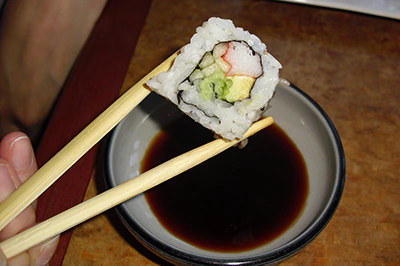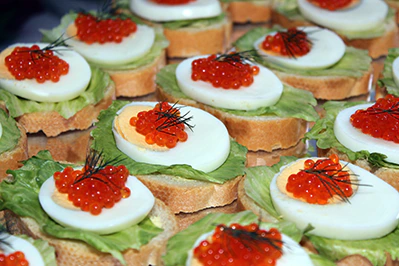| Essence |
Calcium Benzoate is a synthetic preservative (anti-bacterial, anti-fungal, antiseptic) appearing as white or colorless crystals and is effective only in slightly acidic products. |
| Names |
Benzoic Acid Calcium Salt, Calcium Salt of Benzoic Acid, Calcium Dibenzoate, Monocalcium Benzoate, CAS 2090-05-3, E213, Calcium Benzoate, and others. |
| Sourcing |
Commercially, it most likely is created out of either Calcium Hydroxide or Calcium Carbonate (limestone). |
| Manufacturing |
As far as the manufacturing process of the additives goes, it is likely created by, basically, just throwing together the Calcium Hydroxide and Benzoic Acid. If, however, it is created by involving also a reaction with Calcium Carbonate out of limestone, the potential for contamination with Aluminum exists. |
| Application |
Preservative (synthetic, water-soluble). |
| Acceptable Daily Intake |
It’s said to be safe in amounts up to 5 milligrams for every kilogram of body weight. But that’s likely not the reality. |
| Side Effects |
It can likely have all the same effects on people as Potassium Benzoate (E212) or Sodium Benzoate (E211). Meaning, it can be the culprit of severe allergic reactions, insomnia, hyperactivity, dizziness, anemia, neurodegenerative diseases, inhibit immune function, and even cause cancer, ADHD, and DNA damage. Potentially, the fact that it can also be contaminated with Aluminum brings another set of potential issues to the table. |
| Benefits |
None. |
| Studies |
Less than 10 studies on Pubmed. No studies on safety. |
| Allergens |
None. |
| Diet Restrictions |
None. |
| Health Knight Assessment |
(Extremely) Likely Harmful. | Category 4 Additive. |
| Products |
Calcium Benzoate is not nearly as prominent in foods as some of the other alternatives. However, it can still be found in soft drinks, pastries, bread, fruit juices, soy milk, sauces, vinegar, margarine, dressings, olives, canned meat products, cheesecakes, pickled cucumbers and olives, syrups, soy sauce, sweets, caviar, and others. |



